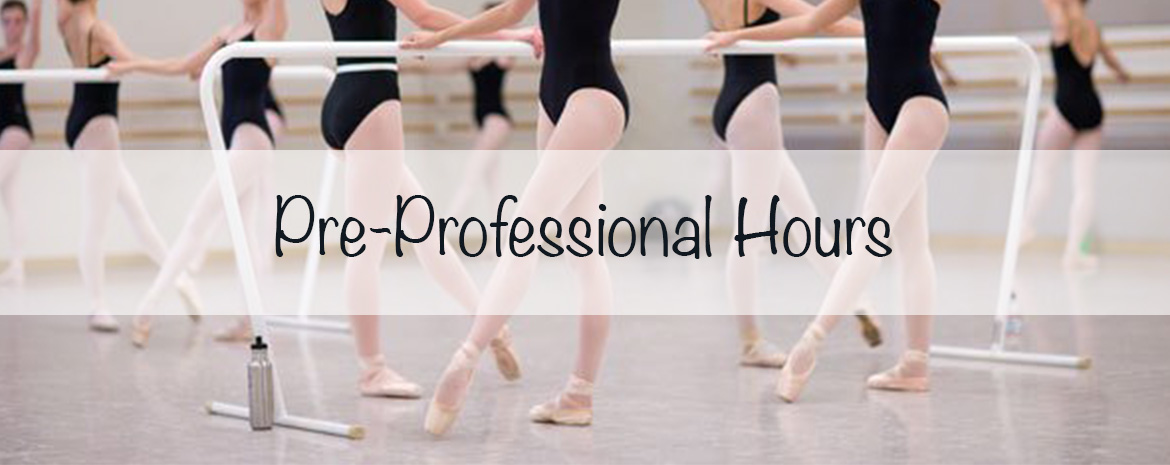
- Free Articles
- Shop
- Workshops
- The Dance Educator Series
- Upcoming Workshops
- Workshop FAQ’s
- Host Application Form
- Student Workshop Application Form
- Dance Teacher & Health Professional Directory
- Workshop Testimonials
- Members Areas
- Cart
- My Account

How many hours of dance should my daughter be doing each week? She is ‘pre-professional’ and is 13. She would love to do as much as possible, but I am worried about her development.
The issue of how many hours young dancers should be doing is difficult. The girls themselves love to dance and want to be dancing as much as possible. Teachers obviously want their students to be working as hard as possible towards their dreams, and are often used to the gruelling schedule of a professional company or school. Parents of dance students often do not have any benchmark, other than the school that their daughter attends, to gauge what is ‘normal’ for a dance student of a certain age.
Appropriate hours for student dancers do vary depending on the physical capabilities and professional aspirations of the dancer. A recreational dancer who has less than the physique for dance will tend to get injuries if she does too many hours of training. It must be remembered that until the ages 16-18, most girls are still growing significantly, and excessive exercise in one genre may adversely affect her growth. We must be especially wary of overloading the feet too much in the growing years.
Some simple guidelines are as follows;
• Children under 10: Recreational students who have no desire to be a dancer should aim for 3-5 hours of dance per week. More serious students with the required physical capabilities can do up to 8 hours per week.
• Age 10-14: It has been demonstrated that students under the age of 14 who do more than 10 hours of dance a week have a significantly greater incidence of foot and ankle injuries. If a student’s wants to do more than 10 hours per week at this age I would suggest inclusion of Yoga, Pilates, stretch or conditioning classes to make up the extra hours rather than increasing the number of dance classes your daughter is attending. Other sports (Swimming, netball, softball e.t.c) had no influence on rate of injury. (Ref. Hiller & Purnell, 2003)
• Once girls are over the age of 14, hours of dancing may be increased to ‘professional’ or ‘full-time student’ levels. Focus must be made on maintaining and improving technique and precision of all movements, and any increase in hours should be done gradually.
Remember: It is vastly more important for the student to be attentive and committed in class for fewer hours, than to do a large number of classes half-heartedly. If a student is always tired, from doing homework until late at night after dance class, she will not get as much from her lessons as the student who has had a good night’s rest and is bright and alert. Time must be allowed to maintain her school grades, as dance is a fickle business and an education is highly important for her long term success.